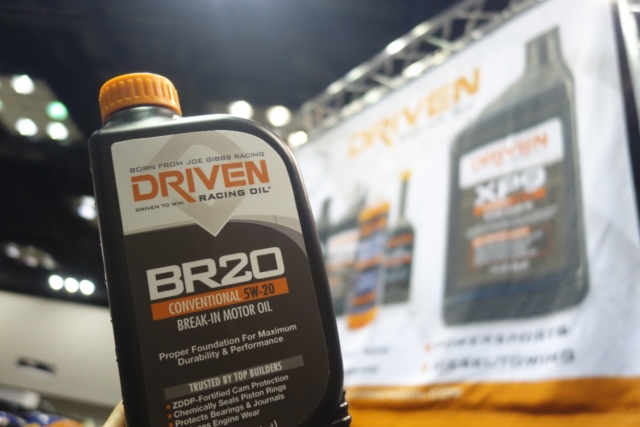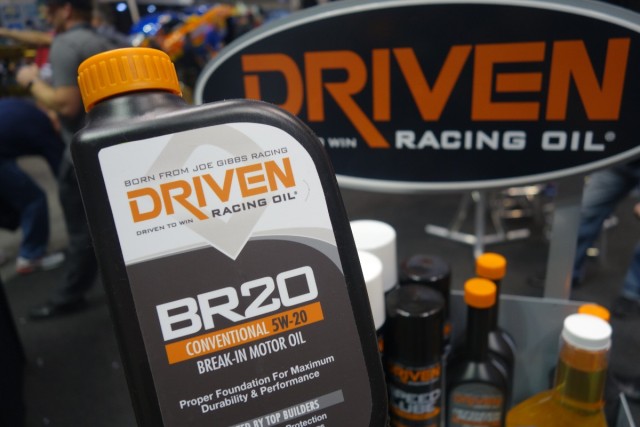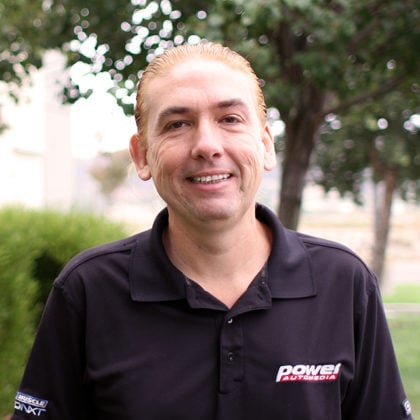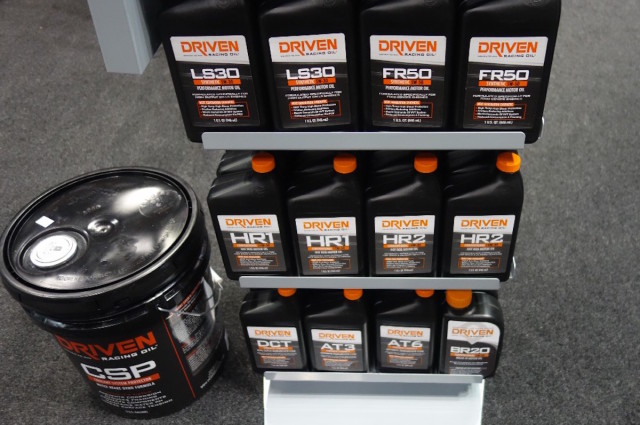 Driven Racing Oil helped pioneer the concept of high-zinc-content break-in oils. Now these oils are common, but Driven continues to refine its offerings by developing test procedures and tweaking the ZDDP additive package found in its BR series of oil.
Driven Racing Oil helped pioneer the concept of high-zinc-content break-in oils. Now these oils are common, but Driven continues to refine its offerings by developing test procedures and tweaking the ZDDP additive package found in its BR series of oil.
“Everybody and their brother now has a high-zinc oil…” Lake Speed Jr. of Driven Racing Oil explained. “There is more than one type of zinc. You’ve got fast-burn zinc and slow-burn zinc. Zinc by itself, in its natural state, is not a lubricant. Zinc needs heat and load for chemical reaction to take place and create the lubricant.”
While many competitive oils run the slow-burn variant because it is friendly to catalytic converters and extends change intervals, Driven prefers the wear-reducing characteristics of the faster version.
“These different kinds of ZDDP require different levels of heat and load for that chemical reaction, that activation, to take place and form a lubricant,” he explained. “Fast-burn zinc works quickly and slow-burn zinc takes longer to work, and the most common type of zinc that’s used is slow-burn zinc.”
The most common application of these oils—which Driven offers in 5W-20, 5W-30, 10W-40 and 15W-50 weights—is to properly break-in a flat-tappet cam and its lifters. However, there is also a huge upside for newborn engines running roller cams and lifters.
“Any roughness on the cylinder wall is lost horsepower,” Lake said. “By reducing the amount of wear on the cylinder wall during ring break-in, the rings break-in so you still have good ring seal, but you reduce the number of leak paths, so the engines make more power.”
Those initial miles are so important because of the metal that ends up in the oil as the engine parts start moving.
“Every engine—flat-tappet or roller—is going to create higher levels of wear metal during the initial break-in than any other time during its life,” Lake said. “During that first 500 miles, you are creating more wear metal than you do in the next 50,000 miles. The worst thing you can do for a roller-cam engine is not run a break-in oil and then go 5,000 miles before you change the oil.”
While the effects of this process might not seem obvious at first, Lake assured us that they will eventually become clear.
“If you get the break-in wrong a flat-tappet, it dies in 30 minutes in front of your face,” he added. “You know you messed up, because the cause and effect are right here. With a roller cam, if you break it in wrong, it doesn’t die until 15,000 to 20,000 miles down the later…”
So, if you are building a new engine, you might want to go check out the Driven Racing Oil site here to get more info on these oils so it will live a long, powerful life.


















